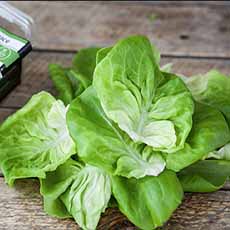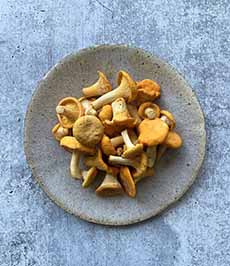Summer Vegetables: What’s In Season
|
|
Two days ago we published a list of summer fruits in season. Today, vegetables get the attention. While we can get much of our favorite produce year-round, fruits and vegetables in season: So peruse the list, note what you don’t want to miss, and add it to your shopping list. This list was created by the Produce For Better Health Foundation. Take a look at their website, FruitsAndVeggies.org, for tips on better meal planning with fresh produce. The photos highlight some specialty vegetables that you might want to seek out. *The Armenian cucumber, Cucumis melo var. flexuosus, is a long, slender fruit which tastes like a cucumber and looks somewhat like a cucumber inside. It is actually a variety of muskmelon, an heirloom species closely related to the cucumber. However, cucumbers and melons are botanical first cousins. Both are from the binomial order Cucurbitales, family Cucurbitaceae and genus Cucumis, differing only at the species level. Watermelon, also a member of the Cucurbitaceae family, diverges at the genus level Citrullus. It’s a cousin. That’s why watermelon rind tastes like cucumber, and why it is often turned into pickles—just like cucumbers. Back to the Armenian cucumber: It’s also known as the Yard-Long Cucumber, Snake Cucumber, Snake Melon or Uri, it is a melon that acts like a cucumber! It is one of the best slicing cucumbers, thin-skinned, slightly ribbed and matte chartreuse. Its crisp, mild flesh has a light citric finish with a unique sweetness. It really is a delicacy, “to be savored among cucumbers” according to Kitchen Garden Seeds, which sells the seeds. |
|
|
|
||




